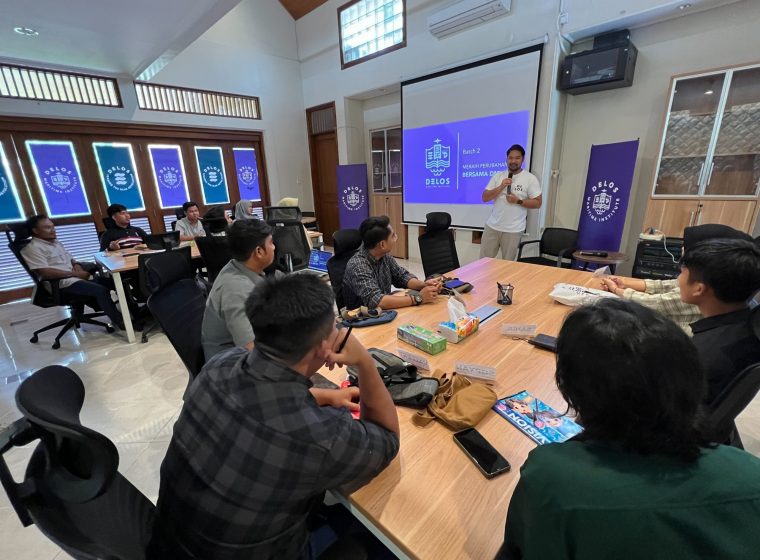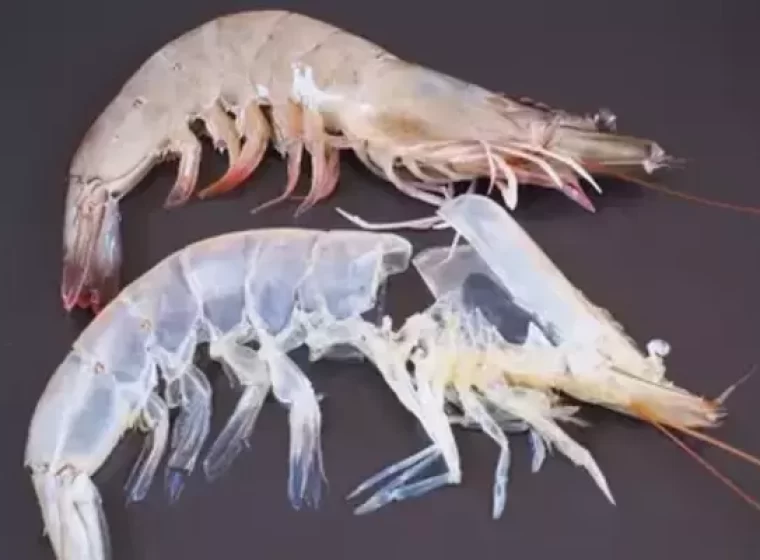Shrimp is one of the important fisheries commodities for Indonesia and other countries around the world. Typically, in one year, a shrimp pond can be harvested several times depending on various factors. These factors include the type of harvest, the cultivation method employed, environmental conditions, and cultivation management. Therefore, there is no exact number for how many times shrimp can be harvested in a year.
Here are some factors that influence how many times shrimp can be harvested in a year. Read more in this article!
Also Read: This Is How to Make Shrimp Paste at Home
Factors Affecting Shrimp Harvest
1. Shrimp Cultivation Methods
There are several common shrimp cultivation methods, including traditional (extensive) shrimp farming, semi-intensive, intensive, and super-intensive. Each cultivation method is supported by technology that allows for harvesting several times a year.
In traditional shrimp farming, which covers large areas with low shrimp populations, harvesting is generally done once or twice a year. This depends on the natural growth cycle of shrimp and environmental conditions.
Semi-intensive shrimp farming involves better technology than traditional farming, where shrimp are provided with additional feed and environmental conditions are more controlled. With this type of cultivation, harvesting can be done three to four times a year.
Next, in intensive farming systems involving more advanced and controlled pond technology and management, shrimp can be harvested four to six times a year. This includes partial harvesting as well.
Lastly, super-intensive shrimp farming, which utilizes high technology and limited space to cultivate large quantities of shrimp, can be harvested more frequently, typically every two to three months. This also includes partial harvesting when shrimp reach a certain age.
Also Read: How to Make Shrimp Farming More Resilient to Climate Change
2. Cultivation Management
Good pond management practices are crucial in shrimp farming as they directly impact productivity and the health of the shrimp population. Proper feeding is one of the key aspects of this management, as adequate nutrition is essential for shrimp growth and development. Additionally, maintaining water quality is crucial because shrimp are highly susceptible to extreme changes in water quality. Clean water with appropriate parameters such as temperature, salinity, and dissolved oxygen can enhance the environmental conditions for optimal shrimp growth. Disease prevention is also an integral part of pond management, where efforts such as shrimp health monitoring, the use of probiotics, and sanitation practices can help reduce the risk of diseases and shrimp mortality.
Good management not only affects shrimp health but also impacts harvesting frequency. By reducing the risk of shrimp diseases and mortality, farmers can ensure that the shrimp population remains healthy and productive, allowing for more frequent harvests. Furthermore, effective management also allows for the optimization of pond resources and feed utilization, which in turn can improve cultivation efficiency and produce shrimp at lower production costs.
3. Market Demand
Market demand levels are also important factors influencing farmers’ decisions in determining their shrimp harvesting schedules. When market demand increases and prices remain stable, farmers tend to respond by accelerating their harvesting schedules to meet the high demand.
This is a common strategy to optimize the profitability of shrimp farming businesses, where farmers take advantage of favorable market opportunities by increasing harvest frequencies to meet consumer demand. By carefully considering market dynamics, farmers can schedule harvests appropriately to optimize income and ensure the sustainability of their businesses.
Also Read: Tips for Choosing and Determining the Number of Shrimp Pond Aerators
Vannamei Shrimp Farming Is More Profitable with DELOS!
The number of times shrimp can be harvested in a year is determined by many factors, ranging from the type of cultivation, cultivation management, to market demand. Therefore, farmers must ensure these factors to achieve the desired harvest production results.
However, you don’t need to worry because DELOS is here to help manage and ensure that your shrimp pond produces optimal harvests. By relying on the best science, technology, and operational management, DELOS can assist you in achieving the best harvest results.
Contact DELOS at contact@delosaqua.com or visit www.delosaqua.com for more information.




